A Comprehensive Guide to the Remarkable Pig
Pigs, often underestimated, are intelligent and adaptable creatures with a rich history and a surprising impact on ecosystems and human civilization. From their evolutionary origins to their complex social behaviors, this guide delves into the fascinating world of the pig.

Origins and Evolution
The story of the pig begins millions of years ago. Their ancestors, early suids, emerged in Eurasia during the Oligocene epoch. These early pigs were smaller and had more slender builds than modern breeds. Over time, various species evolved and spread across continents. The wild boar, Sus scrofa, is considered the ancestor of most domestic pig breeds. Fossil records show that pigs were among the first animals domesticated by humans, a process that began as early as 9,000 years ago in the Near East.
Habitat and Distribution
Wild pigs, especially the wild boar, are remarkably adaptable. They live in forests, grasslands, scrublands, and wetlands across Europe, Asia, and the Americas, where they have been introduced. Domestic pigs are found worldwide on farms and in agricultural settings. Their success in diverse habitats comes from opportunistic feeding habits and behavioral flexibility.
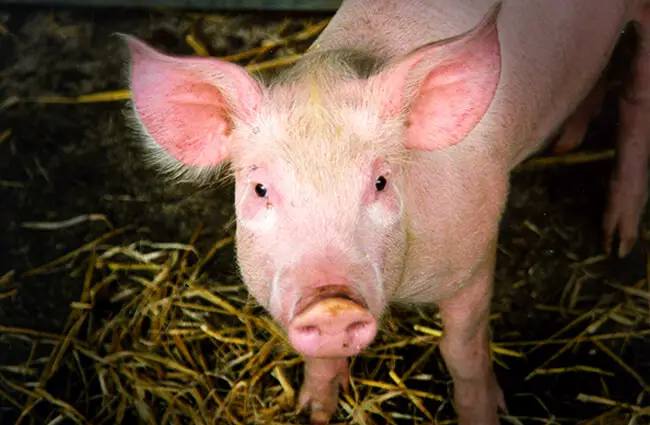
Diet and Feeding Habits
Pigs are omnivores with an incredibly varied diet. In the wild, they forage for roots, tubers, nuts, fruits, insects, invertebrates, and occasionally small vertebrates. They use their strong snouts to root through the soil, uncovering hidden food sources. This rooting behavior, while essential for foraging, can significantly influence soil ecosystems. Domestic pigs are typically fed a diet of grains, vegetables, and protein supplements that are tailored to their age and purpose. Their powerful digestive systems allow them to process a wide array of foods efficiently.
Social Behavior and Communication
Pigs are surprisingly social. In the wild, they live in groups called sounders, which usually consist of sows and their offspring. These groups offer protection from predators and enable cooperative foraging. Pigs communicate with a range of vocalizations, including grunts, squeals, and snorts. They also use body language and scent marking. For example, rubbing against objects deposits pheromones that signal their presence to other pigs. Studies have shown that pigs exhibit complex cognitive abilities, including problem‑solving and recognizing their own names.
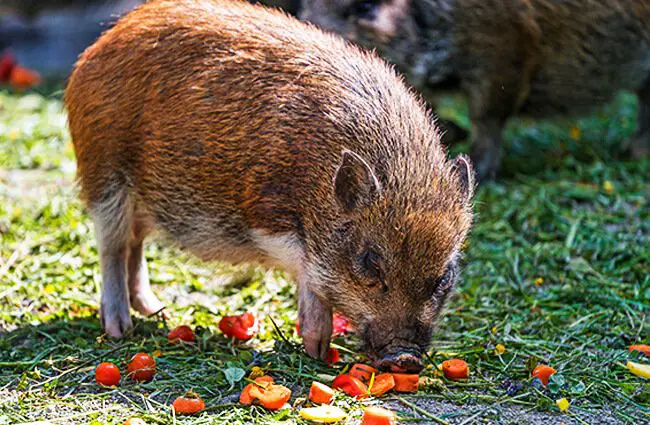
Reproduction and Life Cycle
Sows typically reach sexual maturity between six and eight months of age. The gestation period is about 114 days, producing litters of six to twelve piglets. Piglets are born blind and depend heavily on their mother for care and nourishment. They nurse for several weeks before gradually exploring their surroundings. Wild pigs usually live ten to fifteen years. Domestic pigs typically live 12 to 15 years, with some individuals reaching up to 18 years with proper care.
Ecological Role and Interactions
Pigs shape ecosystems through their rooting behavior, which aerates the soil, promotes seed dispersal, and creates microhabitats for other species. They also consume large amounts of invertebrates, influencing insect populations. However, rooting can also cause soil erosion and damage to vegetation in sensitive areas. Pigs interact with a variety of other animals, sometimes acting as prey for large predators such as wolves, bears, and cougars. They also compete with other herbivores for food resources.
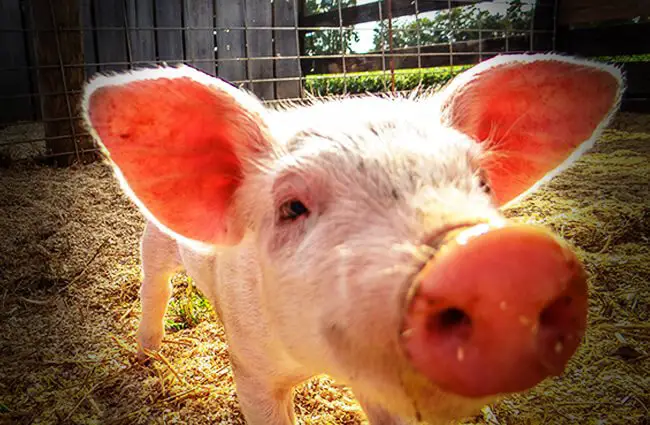
Pigs and Humans: A Long History
The relationship between humans and pigs stretches back millennia. Pigs were among the first animals domesticated, providing a reliable source of meat, fat, and other resources. They were also used in religious ceremonies and symbolized wealth and prosperity in many cultures. Today, pigs remain a vital component of the global agricultural system, supplying a significant portion of the world’s meat. Intensive pig farming, however, raises ethical concerns regarding animal welfare and environmental impact.
Encountering Pigs in the Wild: Safety and Etiquette
If you encounter a wild pig while hiking or exploring, keep a safe distance. Do not approach or try to feed the animal. Pigs can be aggressive, especially sows protecting their piglets. If a pig appears to be approaching you, slowly back away and make noise to deter it. Report any aggressive or unusual behavior to local wildlife authorities.
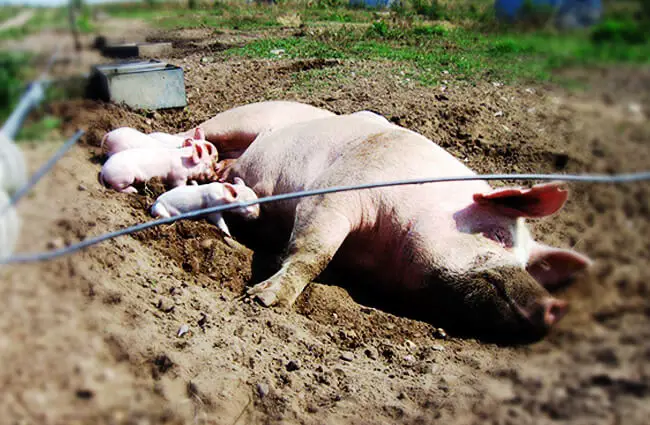
Caring for Pigs in Captivity
Zookeepers and animal care professionals must provide pigs with appropriate housing, nutrition, and enrichment. Pigs need spacious enclosures with both indoor and outdoor access. Their diet should meet all nutritional needs, and they must have continuous access to fresh water. Enrichment is essential for stimulating intelligence and preventing boredom. This can include puzzle feeders, rooting materials, and opportunities for social interaction. Regular veterinary care is also vital for maintaining health and well‑being. Avoid overcrowding and give each animal ample space to express natural behaviors.
Fascinating Pig Facts
- Pigs are remarkably intelligent, ranking among the smartest animals.
- They can solve puzzles, recognize their own names, and play simple interactive games.
- Pigs don’t sweat; they roll in mud to stay cool.
- They have an excellent sense of smell, which they use for foraging.
- A group of piglets is called a litter.
- Pigs can be trained to perform tricks and tasks.
- They are surprisingly clean animals, despite their association with mud.
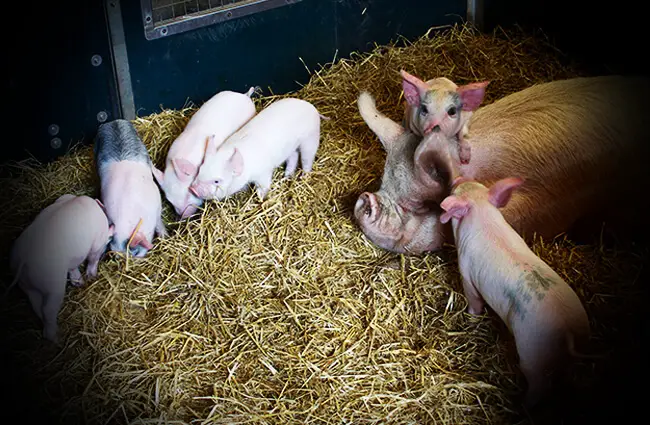
Pigs are truly remarkable creatures, deserving of our respect and understanding. Their intelligence, adaptability, and ecological importance make them a fascinating subject of study and a vital component of our planet’s biodiversity.

![Red Angus Closeup of a beautiful Red Angus cowPhoto by: U.S. Department of Agriculture [pubic domain]https://creativecommons.org/licenses/by/2.0/](https://animals.net/wp-content/uploads/2020/03/Red-Angus-4-238x178.jpg)




![Red Angus Closeup of a beautiful Red Angus cowPhoto by: U.S. Department of Agriculture [pubic domain]https://creativecommons.org/licenses/by/2.0/](https://animals.net/wp-content/uploads/2020/03/Red-Angus-4-100x75.jpg)

